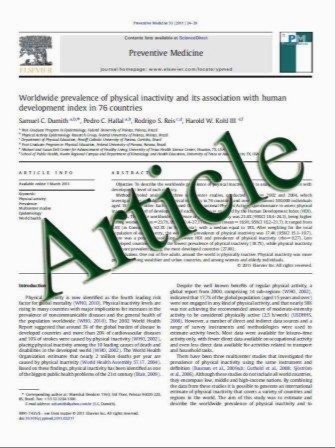Assessment of Pediatric asthma drug use in three European countries; a TEDDY study
- نوع فایل : کتاب
- زبان : انگلیسی
- مؤلف : Elif Fatma Sen & Katia M. C. Verhamme & Antje Neubert & Yingfen Hsia &Macey Murray & Mariagrazia Felisi & Carlo Giaquinto & Geert W. ‘t Jong & Gino
- چاپ و سال / کشور: 2011
Description
Asthma drugs are amongst the most frequently used drugs in childhood, but international comparisons on type and indication of use are lacking. The aim of this study was to describe asthma drug use in children with and without asthma in the Netherlands (NL), Italy (IT), and the United Kingdom (UK). We conducted a retrospective analysis of outpatient medical records of children 0– 18 years from 1 January 2000 until 31 December 2005. For all children, prescription rates of asthma drugs were studied by country, age, asthma diagnosis, and off-label status. One-year prevalence rates were calculated per 100 children per patient-year (PY). The cohort consisted of 671,831 children of whom 49,442 had been diagnosed with asthma at any time during follow-up. ک2-mimetics and inhaled steroids were the most frequently prescribed asthma drug classes in NL (4.9 and 4.1/100 PY), the UK (8.7 and 5.3/100 PY) and IT (7.2 and 16.2/100 PY), respectively. Xanthines, anticholinergics, leukotriene receptor antagonists, and anti-allergics were prescribed in less than one child per 100 per year. In patients without asthma, ک2-mimetics were used most frequently. Country differences were highest for steroids, (Italy highest), and for ک2-mimetics (theUKhighest). Off-label use was low, and most pronounced for ک2-mimetics in children <18 months (IT) and combined ک2-mimetics+ anticholinergics in children <6 years (NL). Conclusion: This study shows that among all asthma drugs, ک2-mimetics and inhaled steroids are most often used, also in children without asthma, and with large variability between countries. Linking multi-country databases allows us to study country specific pediatric drug use in a systematic manner without being hampered by methodological differences. This study underlines the potency of healthcare databases in rapidly providing data on pediatric drug use and possibly safety.
Eur J Pediatr (2011) 170:81–92 DOI 10.1007/s00431-010-1275-7, Received: 4 May 2010 / Accepted: 10 August 2010 / Published online: 2 September 2010


